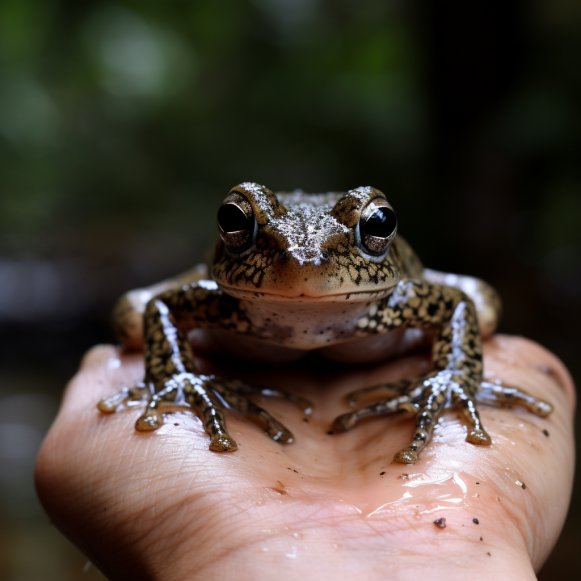Amphibians are the most endangered animals on the planet

More than 40% of the species are threatened with extinction
The world’s frogs, salamanders, newts, and other amphibians are still in grave danger.
According to a new global assessment, 41% of amphibian species studied by scientists are threatened with extinction, which means they are either vulnerable, endangered, or critically endangered. This is an increase from the 39% reported in the previous assessment in 2004.
“Amphibians are the world’s most threatened animals,” said Junjie Yao, a frog researcher at Duke University who was not involved in the study. “Their unique biology and permeable skin make them very sensitive to environmental changes.”
The study, which was published in the journal Nature on Wednesday, discovered that the loss of habitat caused by the expansion of farming and ranching is the single greatest threat to amphibians worldwide. However, new diseases and climate change are pushing an increasing number of amphibian species to extinction, according to the study.
Amphibians are particularly vulnerable. They have distinct life stages that often require separate habitats, so changes in either aquatic or terrestrial environments can disrupt them, according to University of Texas biologist Michael Ryan, who was not involved in the study.
They are also vulnerable due to their sensitive skin. Because most amphibians absorb oxygen through their skin, they lack scales, feathers, and fur to protect themselves. Chemical pollution, bacteria and fungal infections affect them quickly, as do increased temperature and moisture swings caused by climate change.
Frogs, for example, are typically nocturnal. If it’s too hot, they won’t come out, even at night, because they’d lose too much water through their skin, according to Patricia Burrowes, a study co-author and researcher at Madrid’s National Museum of Natural Sciences. However, staying in sheltered resting places limits frogs’ ability to eat and reproduce.
This summer was the hottest on record for the Northern Hemisphere, and 2023 is on track to be the second hottest on record for the entire world, after 2016.
According to Juan Manuel Guayasamin, a frog biologist at the University San Francisco in Quito, Ecuador, advances in technology to track animals and climate variations allowed the new study to use much more precise data than the previous assessment in 2004.
“We have a much better understanding of some risks,” Guayasamin said, noting that he was not involved in the report.
The Caribbean islands, the tropical Andes, Madagascar, and Sri Lanka had the highest concentrations of threatened amphibian species, according to the study. Brazil’s Atlantic Forest, southern China, and the southeastern United States are also home to a large number of threatened amphibians.




